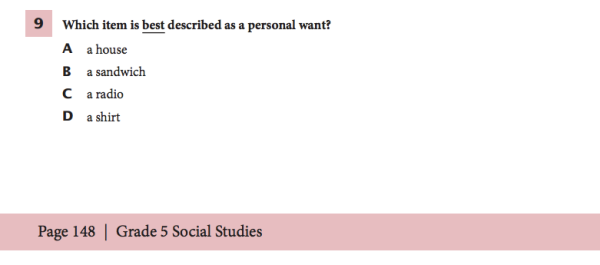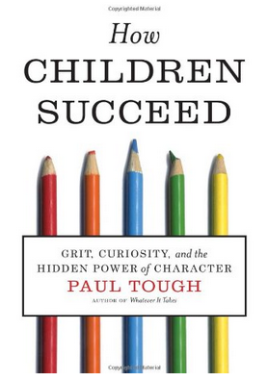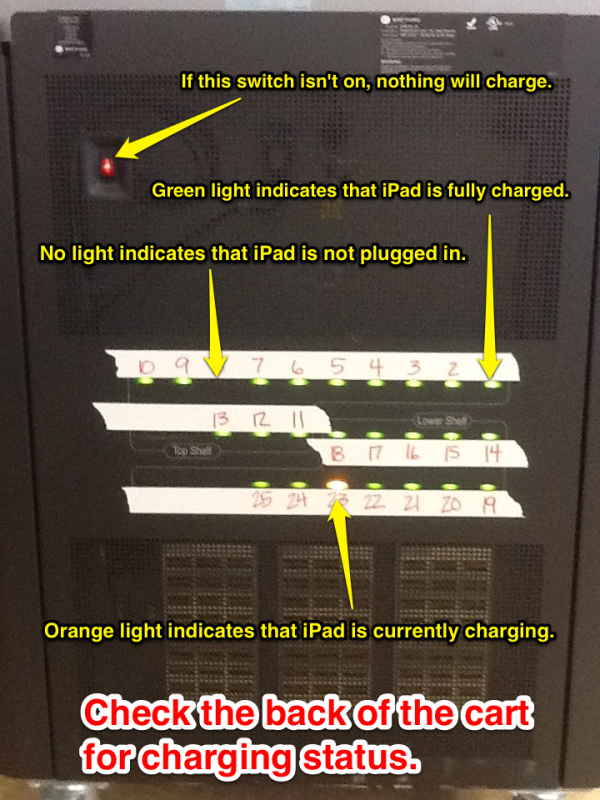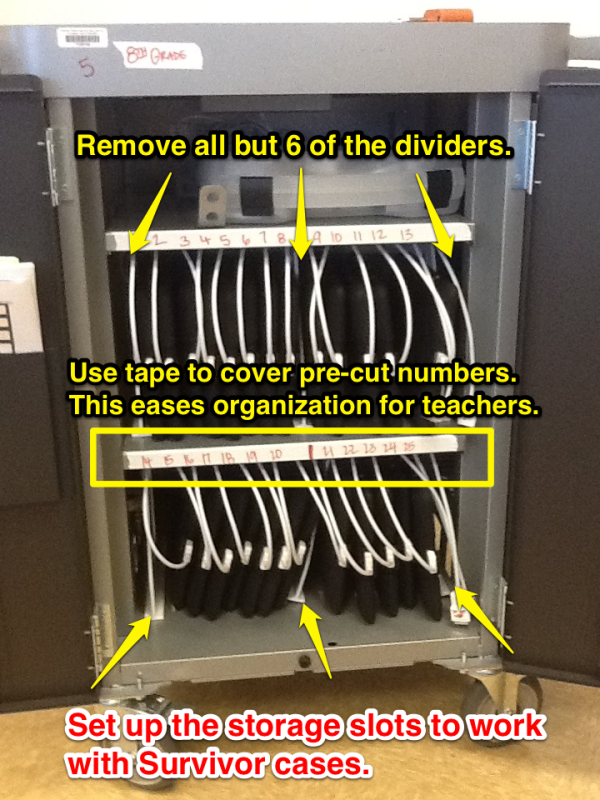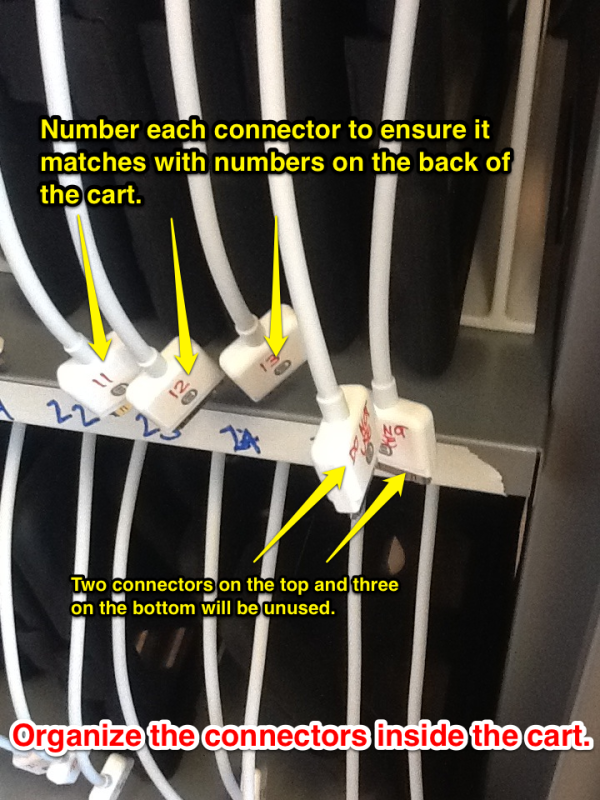American Teacher
I’m home sick today and have spent quite a bit of time watching various Netflix movies. American Teacher hit home for so many reasons. Featuring a myriad of big names in the education policy world and focusing on the lives of four high-quality teachers, this documentary highlights the necessity of increasing teacher salaries and improving public perceptions of the teaching career.
I have many thoughts about my return to the classroom next year and how I will (or most likely won’t) make ends meet with my newly-accrued student loan debt. Harvard ain’t cheap, y’all. I also connected with several of the story lines in the movie, particularly from my experiences growing up as the daughter of a teacher and my family’s struggles with that.
Some of the evidence cited is a bit dubious, but this is well-presented argument overall. I highly recommend it for anyone interested in the future of the teaching profession.
Watch it here: http://movies.netflix.com/Movie/American-Teacher/70212953
Justifying the Madness
Ladies and Gents, it’s testing season. Every year I become a crazy person around this time of year, which generally involves shedding an embarrassing number of tears over bubble sheets and number 2 pencils.
I feel like a sellout when I inevitably find myself teaching to the test. I love education for the sake of education. I believe that it is the single most important vehicle for dismantling the poverty cycle in the lives of my students. I know that what they learn should be learned in order to make their lives richer and more prosperous.
With all of this in mind, I somehow have come to support all of this testing madness. Okay, okay, “support” is probably the wrong word. “Tolerate” is more like it.
I tolerate standardized testing because, really, we’re teaching a life skill here. Show me a job that doesn’t require some kind of written test at some point, and I’ll show you a job that won’t support a family. No matter the occupation my students ultimately choose, they are going to be expected to pass a test to either begin or advance in their career. Like it or not, this is an essential skill.
If you’re looking for a way to justify the testing madness, you can just join me in adding “test-taking” to the list of life skills we cultivate every day. You know, right behind “gratitude” and “curiosity.”
Caring: How I Show It
“No, I’m not interested in doing the Harlem Shake.”
I’ve uttered phrases like this at school countless times, much to the enjoyment/chagrin of my colleagues. Upon my latest refusal to participate in “fun,” my enthusiasm and support for my students was brought into question. I’m not sure if the questioner meant the inquiry to be real or to be tongue-in-cheek, but it struck a nerve either way.
My personality simply doesn’t lend itself to things like this. I’m a bona fide introvert, what with my disdain for loud crowds and chaotic events. So, no, I don’t like pep rallies or out of control dances. But DON’T tell me this correlates with a lack of caring for my students.
Every last one of my students will tell you I care about them and support their learning. Every. Last. One. I show it by smiling at them in the morning and welcoming them into the classroom by name. I show it by calling their parents when they have done something exceptional. I show it by pointing out to their peers when they have done something extraordinary academically. I show it by creating a classroom where they can excel. I show it by telling them when I am proud of them. I show it by telling them when I am disappointed in them. I show it by never giving up on them. I show it by teaching high expectations and never allowing my students to fall short of them. I show it by hugging them when they need a hug and high fiving them when they need a high five.
This list could go on forever; that’s not the point. The point is that I care about my students and I show them that every single day, whether I do the Harlem Shake or not.
Punishment Is Not the Answer
The other day in social studies class, my students and I were reviewing a couple of practice questions for our upcoming standardized test. Here is one of the practice test questions we discussed:
Most of the students immediately identified a house, sandwich, and shirt as personal needs, not wants (given, this question would likely fall into the “easy” category). We spent some time talking about why it’s important to be able to distinguish between needs and wants. What makes something qualify as a “personal need?” My 5th graders determined that people need food, shelter, and clothing to survive.
Some of our government leaders have recently introduced a bill aimed at reducing Tennesseans’ access to funds for these personal needs, which my 10 and 11 year-old students have identified as essential for survival. House Bill 261/Senate Bill 132 requires students to maintain “satisfactory academic progress in school” in order for their families to continue receiving full federal Temporary Assistance for Needy Families (TANF) funds. The bill loosely defines satisfactory progress as meeting attendance requirements, scoring proficient or advanced on state standardized tests, and maintaining a passing grade point average. If students fail to meet these standards, their families will lose money they use to purchase essential items for survival.
As a teacher, the mere thought of this bill incites a wide range of emotions. First and foremost is a fear that this could actually happen. I teach in a high-poverty school, and most of my students’ families are unable to provide for their children’s basic needs. A significant part of my job is to work with families to find resources to meet food, clothing, and shelter needs. It’s important to me that children have their basic needs met when they enter our school building. Worries about if they will get to eat tonight or if their sleeping arrangement will be safe inhibit students’ ability to learn. Further jeopardizing the welfare of students and families who are already struggling is simply immoral.
We can all agree that the state of education in Tennessee is not what it should be. Our students are performing well below students in other parts of the country. I agree with our leaders–this issue is urgent, important, and complex. However, I could never support any legislation that penalizes students for their circumstances. Children do not ask to be born into poverty. They spend their lives working persistently to break out of the poverty cycle. By reducing TANF assistance to families based on low academic achievement, the Tennessee legislature would be further entrenching impoverished children in this vicious cycle. Punishing struggling families is not the answer. It shouldn’t even be part of the discussion.
“But what if?”
It’s that time again.
TCAP time.
No, it’s nothing like Hammer Time. It’s the time of year where I nearly lose my mind. Something about the stress of the impending test leaves me feeling like a nervous person who has never successfully spoken to a child. My mind starts racing with “What if?” and “Should I?” Just today, as I sat trying to determine the best course of action for reviewing in the remaining 15 class periods before the test, I was incapable of making a decision.
I’m not sure why this self-imposed stress creates indecisiveness and second guessing. Perhaps it’s because I care that much. Perhaps it’s because there’s no real answer for how it should be done. Perhaps it’s because I’m an overthinker. I don’t know why, I just know it happens, and when it does, I feel like nervous travel agent Judy Grimes.
(Thank you, Kristen Wiig, for reminding me I’m not the only one.)
My students are fantastic learners with incredible mathematical knowledge. This will be my mantra through the end of April. I will say it to myself every time I find myself asking, “But what if?”
Inspiration from the Streets of Memphis
During our summertime errands, my father would drive through Memphis’ Binghampton neighborhood on the way to the music store. He was a high school band director and I was his ever-present sidekick. On one of these especially memorable drives through the streets of my hometown, I remember talking to my dad about what I saw. Men sat on the street curbs drinking from paper sacks while shoeless children haphazardly ran across Tillman Street. Some teenaged boys down the street played basketball on asphalt courts with net-less baskets. Women and teenaged girls were perched on various benches, some braiding hair or watching the younger children play on the sidewalks and in the streets.
That day I remember so well included a frank conversation with my dad about why children were allowed to run in the street, why men needed to drink out of the paper sacks, and how the children were able to walk on the scorching asphalt without shoes. I recognized their lives as so drastically different from my own and I knew that I wanted to help. I had known from a young age that I wanted to be a teacher someday. However, the observations I made as a child about the inequities in childhood experiences fostered a yearning to work with children in underprivileged neighborhoods.
My parents’ persistence in pushing me to set and achieve goals, their standards for hard work, and their strong vision for my life are the reasons I was able to be successful in school. When I was ten, we moved back to Tennessee from Kansas. My mother and father were determined for my sister and me to have the best education available to us. My father visited several reputable schools in the Memphis suburbs to find the one he felt would be the best fit for us. Then, they found the cheapest rental available in the wealthy suburb. I credit this decision as the single most important move my parents made in helping me to become successful. They valued my education and made sure at every turn that I had the opportunities I would need to achieve my goals. The sacrifices they made during these years have allowed me to dream and develop beyond what was expected of a child from a working class family like mine.
My passion for educating underprivileged students is rooted in this realization of how lucky I am to have been afforded this level of parental support, sacrifice, and dedication. Many parents are not equipped with the skills and resources to be effective advocates for their children’s education. As an educator, I know that one of my essential roles is to help support and empower parents and students to be successful advocates for their education.
The Impact I Hope to Have
I remember almost too vividly the walks home. Tears rolled freely down my young cheeks as I journeyed to our small but cozy apartment. The walk wasn’t that long, but it seemed as if it would never end. I just wanted to be home with my family who accepted and loved me. You see, the kids at school found delight in picking on me because I was different. Moving from Tennessee to Kansas as a sensitive seven year-old was hard enough, but my classmates made it even harder.
My fellow students taunted me about my southern accent, my chubby build, and a myriad of other personal characteristics. It was objectionable that the children were treating a peer in this manner, but worse was my teacher’s refusal to aid me in dealing with the criticism. She told both me and my parents that I simply had to learn how to deal with it. I understand her intentions of helping me grow into an emotionally strong person, but this most certainly was not the manner in which to achieve her goal.
This experience in the fourth grade intensified my desire to become a teacher. I have aspired to be one for practically as long as I can remember, but this difficult school year allowed me to comprehend the impact that a teacher can have on a child’s life. The teacher is presented with the opportunity to not only teach a child times tables, but also to convey the importance of kindness and compassion for others.
It is my hope that I will make a sizable impact on the lives of all the children I will teach. Just as I wrote of the impact of my fourth grade teacher on my life, I look forward to a student recording a story of my impact on them, although I know it will be in a much more positive light.
I recently ran across a copy of this, my college admission essay, and found it so comforting to know that I have achieved my goal of becoming a teacher. It’s my hope that some of my students now have a story of my impact on their life.
After perusing the list of top-selling education books from last year, I was immediately drawn to Paul Tough’s How Children Succeed. I mean, don’t we all just want to know the answer to that one little question? How DO children succeed?
This is the first non-fiction page turner I’ve read in quite a while. It provides multiple research perspectives about what prevents certain children from achieving the most positive outcomes in their adult lives. What characteristics do some children have that others do not? As a teacher, I found it to provide some refreshing and encouraging anecdotes about children who have defied the odds and the adults who helped them accomplish this. The stories and research summaries could provide a background for interesting discussions, particularly with a school staff or as part of an educational book study.
The middle school teacher in me particularly enjoys this quote:
The reason the teenage years have always been such a perilous time […] is that the incentive processing system reaches its full power in early adolescence while the cognitive control system doesn’t finish maturing until you’re in your twenties. So for a few wild years, we are all madly processing incentives without a corresponding control system to keep our behavior in check.
So that’s why middle schools are such crazy places!
Educreations for Error Analysis in Math
Over the past few days, my students and I have been struggling with their understanding of how to calculate the area of irregular shapes. Despite their solid knowledge of the formulas and a deep understanding of how to decompose shapes, many of them struggled with how to find the missing measurements when given a few, but not all, measurements of a shape. My frustration led to the creation of an activity that is almost complete student-directed, freeing me up to answer questions and correct misconceptions immediately because I was not tied down checking student answers.
This ended up working very well and I anticipate being able to recreate this activity in the future with other topics.
Objective: Students can calculate the area of irregular shapes as evidenced by their Educreations Reflections.
Teacher preparation:
- Create a few practice problems. I ended up using 7 shapes, which was enough to last for about 2 full class periods. You can find my irregular shape practice questions here.
- Use Educreations to create a video explaining how to solve each problem. This was the most time-intensive part for me, but still only took about 45 minutes to work out all of the problems. Save the videos to your account.
- Log in to your Educreations account and get the unique link for each video.
- Create a QR Code for each video. (Here are my QR Codes for the practice shapes. Scan them to see the videos I used.)
- Post the QR Codes around the classroom.
- Copy practice problems. I made about three copies of each, then put them in clear sheet protectors so students could use dry erase markers to work the problems. Saved me some precious paper!
- Copy the reflection sheet. This is the most important part, in my opinion. I stressed to students that I was less concerned about a right answer and more concerned about their ability to pinpoint where they made mistakes. Here is the reflection sheet I used.
Student activity:
- Choose a shape/practice problem and solve it.
- Record their answer on the reflection sheet.
- Go to the corresponding QR code and scan it.
- Watch the Educreations video and compare it to their own work.
- Reflect on how their work differed from the teacher example and write this reflection.
- Create a goal of something they will do differently on the next problem.
- Choose a new shape and start at #1!
Organizing Your Bretford Cart for Survivor Cases
In a post a few weeks ago, I listed Griffin Survivor cases as a must-have for your classroom iPads. The only problem is that they don’t fit comfortably in the popular Bretford PowerSync cart. We have figured out a way around this that requires some time and effort on the front end, but pays off in ease of use and protection of technology. Below are some photos of how our carts look. This is the method we chose to use, but it’s certainly not the only way to organize the carts.
This first photo is actually one I created to use with our teachers in training (we have had issues with iPads not being charged for the next person to use). However, it shows you how I used tape to cover up the numbers already printed on the cart, since you can really only comfortably fit 25 iPads in the cart with cases. You certainly would not have to follow this step, but it would be quite difficult to know which iPad is charging or not charging.
As you can see in this photo, sometimes the dividers slide around in the cart as the one in the middle on the bottom shelf has done. We haven’t found a way to prevent this, so if you know of one, please contact me! Also, numbering the slots prevents people from trying to jam too many iPads into one section. If you do that, the home button may stay pushed in and the iPad will lose charge quickly.
Yet again, this step allows teachers to see which connectors need to be re-plugged if the light in the back is not lit.
Overall, this system has worked really well for us. It is certainly not the most aesthetically pleasing setup, but it serves its purpose!
